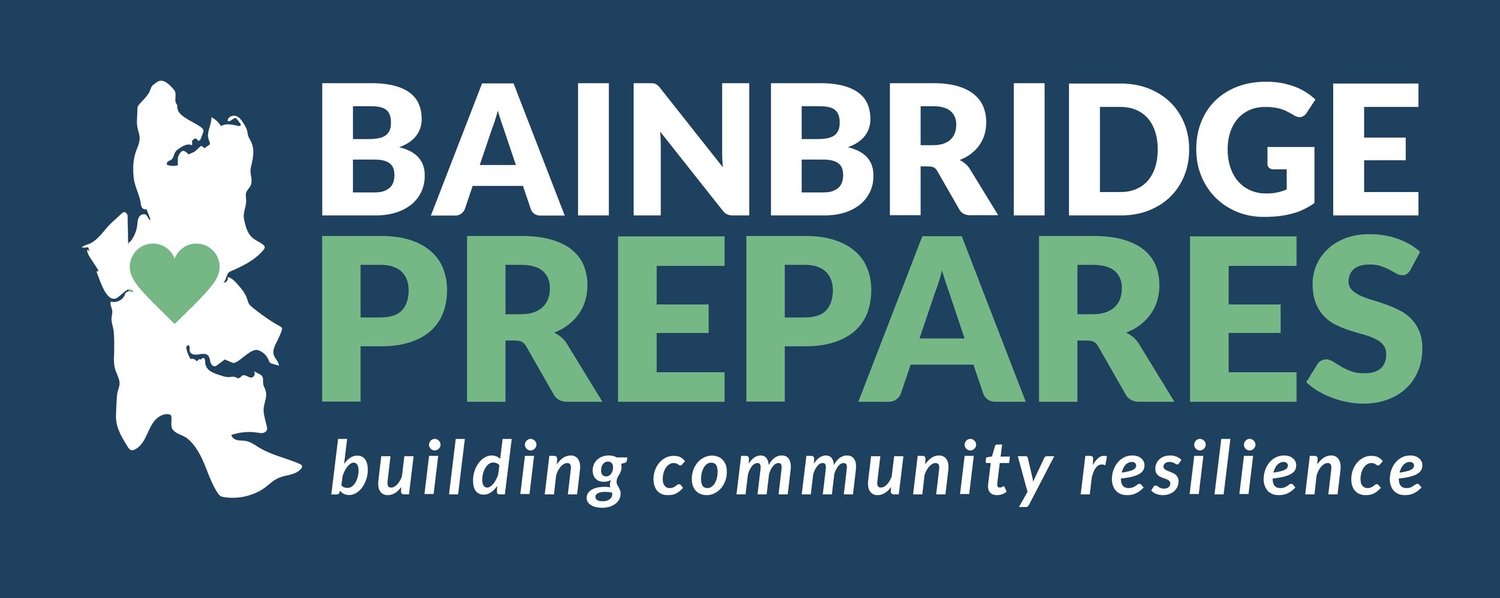A Hidden Emergency: Washington’s Mental Health Crisis
In 2019, 1,263 Washington State residents died by suicide, which represents 16.5 suicides per 100,000 people and is higher than the 2019 national rate of 14.5. A September 2021 article in the University of Washington Magazine quotes Jürgen Unützer, head of the UW’s Department of Psychiatry and Behavioral Sciences: “Washington has one of the highest rates of individuals struggling with mental health and addiction problems in the country, but we don’t have nearly enough mental-health professionals.”
That same article reports that “nearly half of the state’s 39 counties don’t have a single psychiatrist or psychologist to help. According to a recent state-funded study, Washington has just one mental-health provider for every 360 people.”
988 Suicide & Crisis Lifeline
One option for people experiencing a mental health crisis is the 988 Suicide & Crisis Lifeline. The lifeline, which is available 24 hours a day every day of the year via call, text, or chat, connects anyone needing help with a trained counselor for free.
The federal government launched a ten-digit National Suicide Prevention Lifeline in 2005; by July of last year, telecommunication carriers were required to implement the easier-to-remember three-digit 988 number.
Additional features of the 988 line connect people to more specific help:
988 + 1: crisis line for veterans
988 + 2: Spanish-language line
988 + 3: Help for LGBTQIA+ people under 25
988 + 4: Help from Native crisis counselors for American Indians
In 988’s first year of operation in Washington, the three contracted crisis centers in the State—Volunteers of America Western Washington (VOA), Frontier Behavioral Health, and Crisis Connections—answered 65,029 calls, 11,808 texts, and 13,064 chats, representing a 75 percent jump in calls from before the launch of the three-digit number. Washington is one of 23 states with an 80 to 89% 988 line answer rate. Fourteen states enjoy a higher 90 to 98% rate.
How You Can Help
The best way to help is explained by the educational #BeThe1To campaign launched by the 988 Suicide & Crisis Line. The campaign teaches that “avoiding the topic [of suicide] can lead to misinformation and myths that encourage stigma. These negative and unfair beliefs may cause or worsen the feelings of guilt and shame that often come with a mental health crisis. Stigma can also make it tough to share these thoughts and emotions and may lead to isolation.”
#BeThe1To stresses the importance of compassion and support for people in emotional distress. That compassion and support can make a big difference: “For every person who dies by suicide annually, there are another 316 people who have thought seriously about suicide who don’t kill themselves, and nearly 60 who have survived a suicide attempt.”
The campaign shares five simple action steps:
Ask. The main question to ask is “Are you thinking about suicide?” followed by “How do you hurt?” and “What can I do to help?” Also crucial to this step are listening, taking the person’s concerns seriously, and never promising to keep the person’s suicide ideation secret.
Be There. Being there can mean in person or via the phone or some other method of communication. It also means following through on what you say you’re going to do.
Help Keep Them Safe. Knowing how far the person has already gone or plans to go is essential to keeping them safe. You may need to get help from the 988 Lifeline or even call 911 or drive the person to a hospital.
Help Them Connect. Get help from the 988 line for the person or help them connect with a mental health professional. In addition, work with them to create a safety plan for when they start to think seriously about suicide. The plan can include ways to identify that things are getting more serious, a list of people to contact, and a series of steps to take to address the crisis.
Follow Up. Make repeated calls or visits or send texts or cards to the person to show them they have ongoing support and are connected.
Another way to help is with financial support. The 988 program in the state is partly funded by the 988 There Is Hope license plate emblem. Emblems are available for purchase at licensing offices or online. Proceeds support the Veteran and Military Member Suicide Prevention account.

